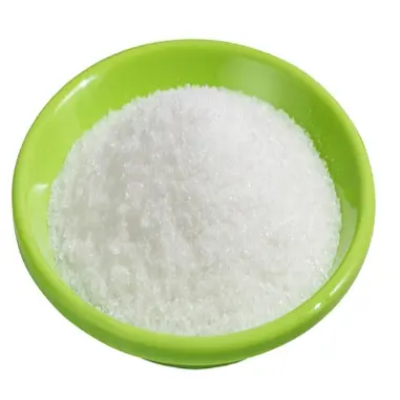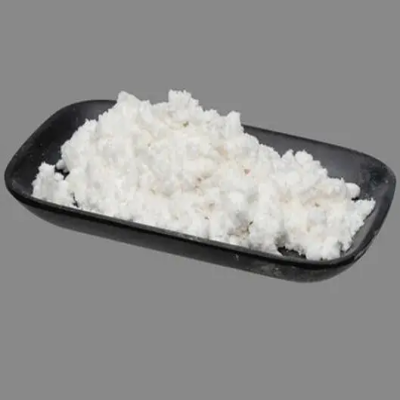2,4,5-trifluorobenzyl bromide CAS:157911-56-3
The synthesis of 2,4,5-trifluorobenzyl bromide typically involves the halogenation of an appropriate precursor, such as 2,4,5-trifluorotoluene, using an electrophilic halogenating agent like N-bromosuccinimide (NBS) in the presence of a Lewis acid catalyst. The reaction proceeds through a radical mechanism, where the bromine atom is added to the benzylic position of the toluene, resulting in the formation of the bromide product. Once synthesized, 2,4,5-trifluorobenzyl bromide can be utilized in a variety of organic reactions. Its electrophilic nature makes it a suitable substrate for nucleophilic substitution reactions, where nucleophiles such as alcohols, amines, or thiols can attack the benzylic carbon, displacing the bromine atom. This reactivity is particularly useful in the synthesis of complex organic molecules, where the incorporation of the trifluoromethylbenzyl group can enhance the pharmacological properties of the final product. In addition to nucleophilic substitution, 2,4,5-trifluorobenzyl bromide can also undergo Suzuki-Miyaura coupling reactions, which are widely used in the synthesis of biaryls. In these reactions, the trifluorobenzyl bromide can couple with boronic acids or boronate esters in the presence of a palladium catalyst and a base, forming new carbon-carbon bonds. This methodology is particularly valuable for the construction of symmetrical and unsymmetrical biaryl structures, which are found in numerous natural products and pharmaceuticals. The stability of 2,4,5-trifluorobenzyl bromide is influenced by the presence of the three fluorine atoms, which increase the electron density on the benzene ring and make it less susceptible to nucleophilic attack. However, the bromine atom is a good leaving group, which allows for smooth progression of substitution reactions. Care must be taken when handling this compound, as it is a strong electrophile and can react with nucleophilic impurities in the reaction environment. In summary, 2,4,5-trifluorobenzyl bromide is a valuable reagent in organic synthesis, offering a unique combination of reactivity and stability. Its ability to undergo nucleophilic substitution and cross-coupling reactions makes it a versatile tool for the construction of complex organic molecules, including those with potential therapeutic applications.



| Composition | C7H4BrF3 |
| Assay | 99% |
| Appearance | white powder |
| CAS No. | 157911-56-3 |
| Packing | Small and bulk |
| Shelf Life | 2 years |
| Storage | Store in cool and dry area |
| Certification | ISO. |




![5-Hydroxyhexahydrocyclopenta[c]pyrrole-2(1H)-carboxylicacidtert-butylester CAS: 203663-25-6](https://cdn.globalso.com/xindaobiotech/K@NIE7HBAEP6E7J7DS170.png)




